Introduction
Get ready for some exciting changes in the latest patch! The initiative rules have undergone a slight revamp, with the round now being shared across lanes. Players still take turns performing actions until both pass, but now combat begins after that. While you can't control initiative across lanes, you still have control over it across rounds. And don't worry, "Get Initiative" spells are still around, they've just been renamed to "Quick."
But that's not all! The mana system has also received a makeover. There is now a single mana pool that starts at 3 and increases by 1 per turn. Some cards and abilities have crosslane effects, but in general, cards only affect the lane they're cast from. You'll need a hero in the lane to cast a card of their color. Mana costs have been reduced for low-end and mid-tier cards, but high-end cards remain expensive. So, if you want to unleash a devastating spell, it might be the only thing you do in a round.
The combination of the new shared mana pool and the addition of mana costs for all actions has shifted the weight from the initiative system. This change aims to make the game more accessible to new players while still maintaining strategic depth. So, get ready to adapt your strategies and explore the exciting possibilities that this patch brings!
 This one came in hot so please forgive any gram badder, who would have guessed that doing all this remotely would be so hard? Anyway, let’s get to it!
This one came in hot so please forgive any gram badder, who would have guessed that doing all this remotely would be so hard? Anyway, let’s get to it!
Initiative
The initiative rules haven't changed much, but the implications are different due to the round being shared across lanes. Players still take turns performing actions until both players pass in a row, and then you go to combat. This sequence continues across rounds, so while you can't control initiative across lanes you can still do so across rounds. There are more rounds per game, although each round is shorter. And "Get Initiative" spells still exist, although they have been renamed to "Quick."Mana
There is now a single Mana pool that starts at 3 and increases by 1 per turn. Some cards and abilities are crosslane, but in general cards only affect the lane that they’re being cast from and you need a hero in lane to cast a card of their color. Mana costs have been reduced for low-end and mid-tier cards, but high-end cards remain expensive. If you want to blow up a lane it might be the only thing you do in a round. Balance in the original game with these high impact spells was tricky – you had some decks that went from casting zero big spells to a big spell in every lane.Initiative + Mana = Harmony?
Each action costs at least 1 mana, so without things like a refresh from CM, you can no longer delay turns for free - you need to weigh the costs of waiting to respond VS saving enough mana for your high impact spells. The combination of one shared mana pool and adding a mana cost for all actions has taken some of the weight from the initiative system in the original game. The initiative system was something that experienced players enjoyed immensely, but had a steep learning curve for new players and had some really negative side effects if it caught you off guard. Some players ignored initiative. Other players felt thatcontrolling initiative was the main strategic concern,
so we don't think this is a change that should be taken lightly. This disconnect may be responsible for the communication breakdown we see playing out in the community.
We think that the current system gets to a similar place where the actions you take, and the order you take them are both very important without the big downsides of the learning cliff and the resulting struggles with lockout.
New Defaults
We’ve been trying to move away the very technically-worded cards from the past. They were always very accurate, but sometimes it felt like you needed to be a programmer to work out what actually was going to happen. Cards and abilities will affect a lane unless stated otherwise. Any verb (stun, disarm, etc) lasts until the end of the round unless another duration is set. All cards with persistent effects are labeled as an enchantments, and last until dispelled. All permanent modifications are labeled as such. Arrows point forward by default but can be modified temporarily. At the end of the turn, or if you move the unit, its arrows reset.Keyword Changes
Armor
Armor in the old game caused some issues – early in development we ended up doubling all stat values to compensate for how dramatic the impact of a single point of armor was. It also added a lot of math when you had multiple damage sources. Now each point of armor can block one point of damage and is refreshed at the beginning of the round.Cleave/Siege
These used to be dependent on the unit being blocked to function. Now they are active all of the time.Feeble
Feeble is new to the game, but we wanted to talk about it anyway so we could show off one of the basic hero reworks! Each unit attacking a feeble unit will deal excess damage to the tower instead. For example, if Debbi (4/3) is blocked by a unit (1/3), and uses "No Accident" leaving it with 1 remaining health, 3 damage will be dealt to the tower and her passive ability will trigger.



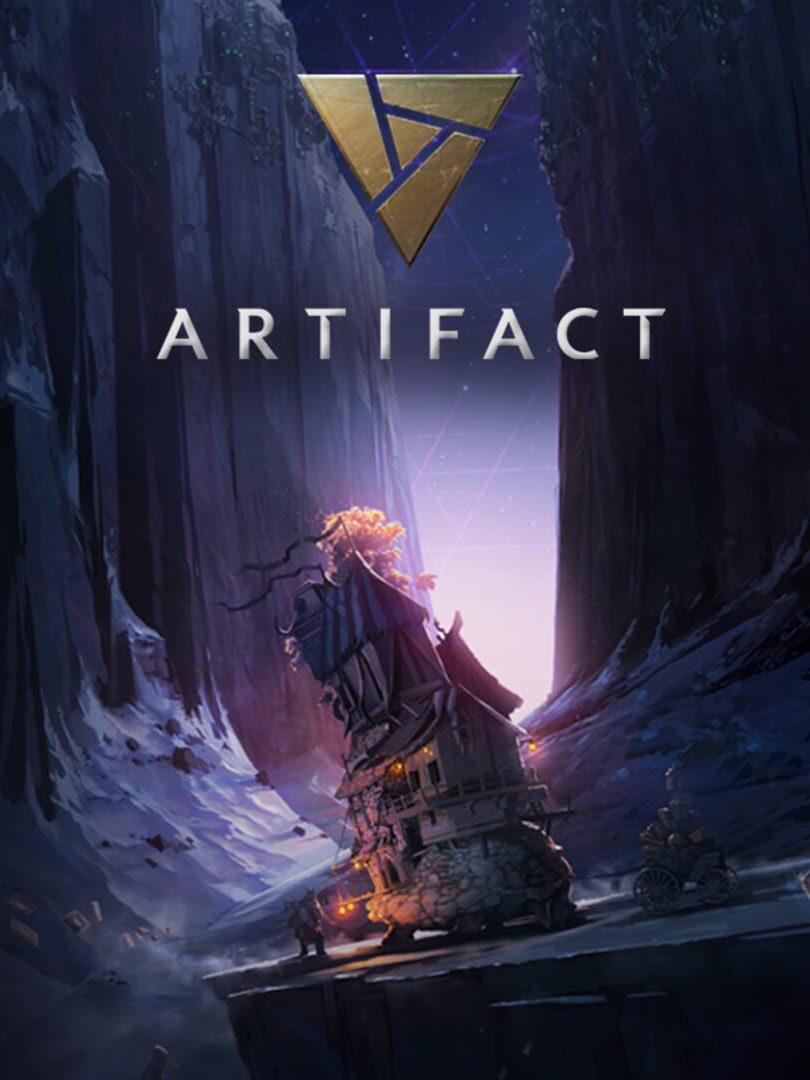



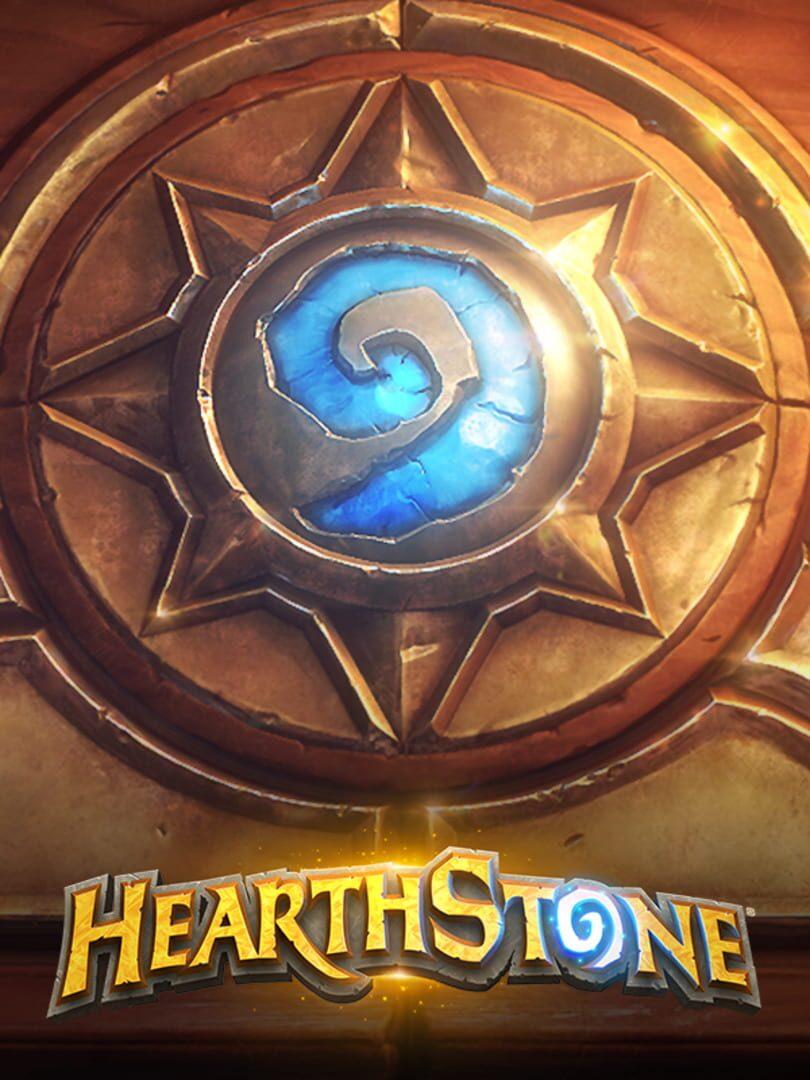

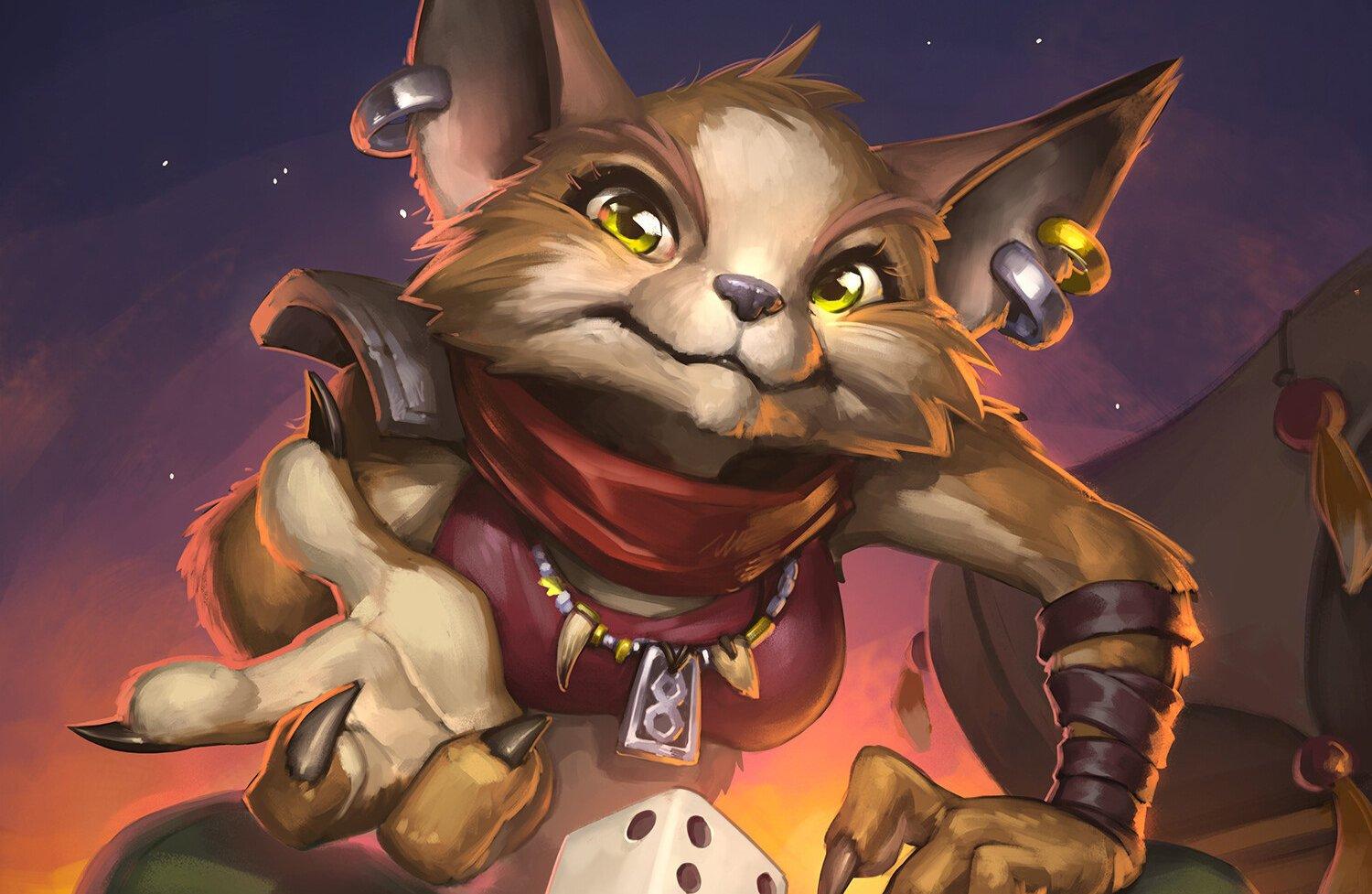

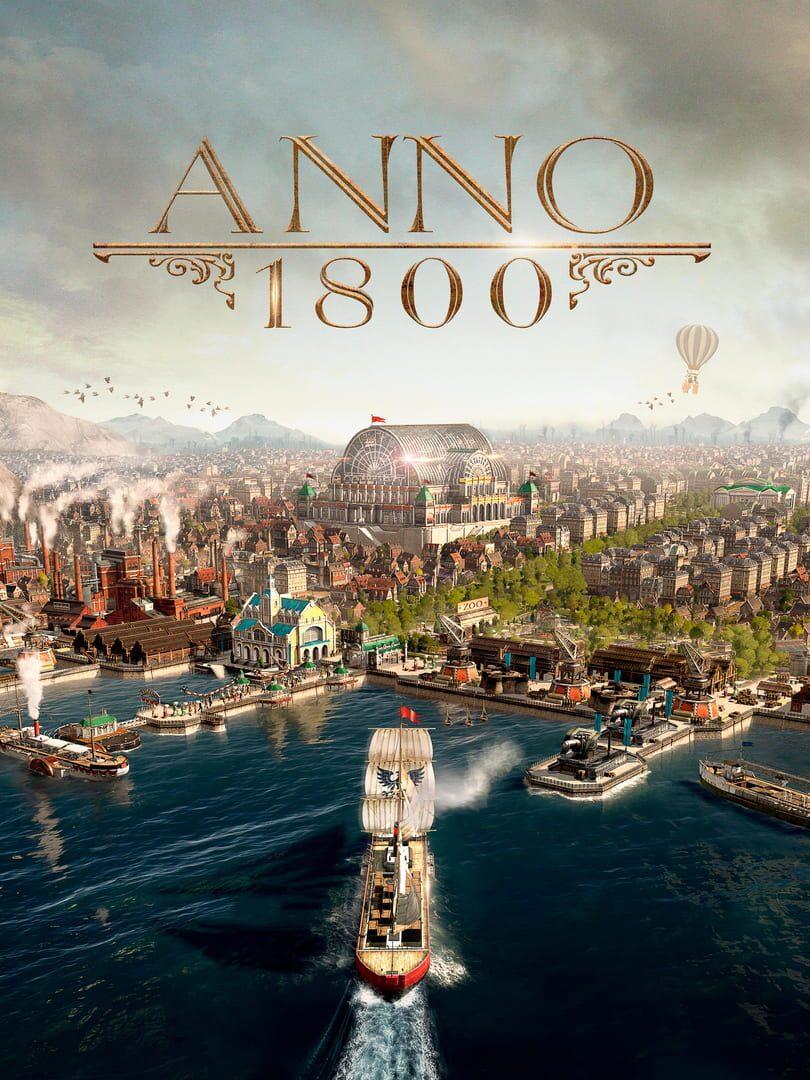
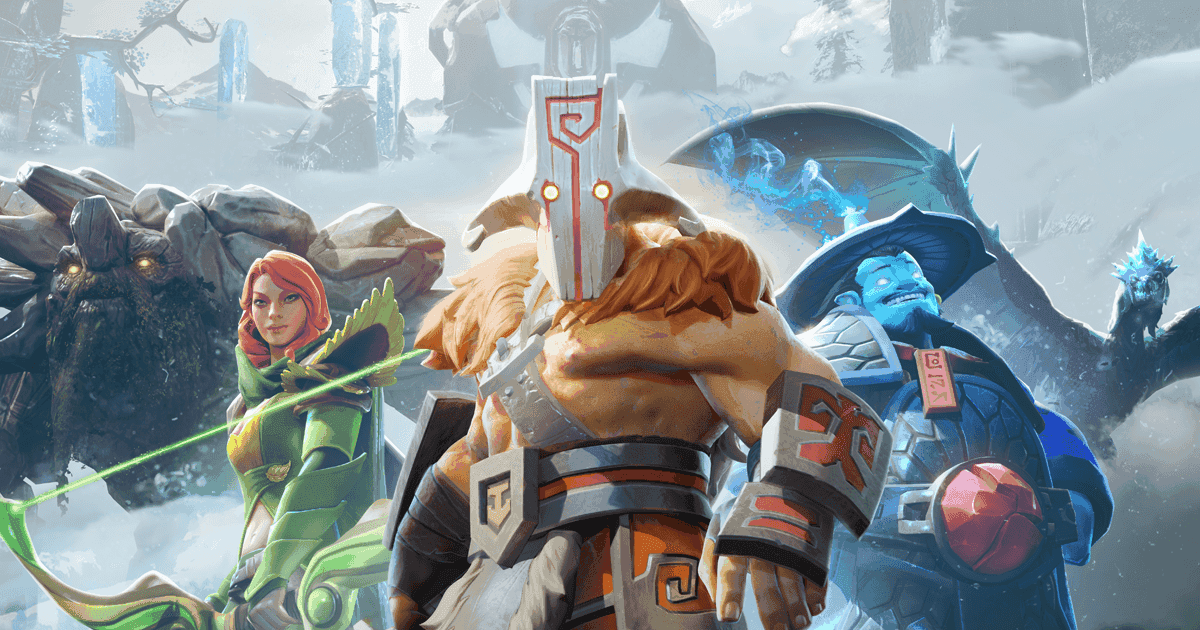

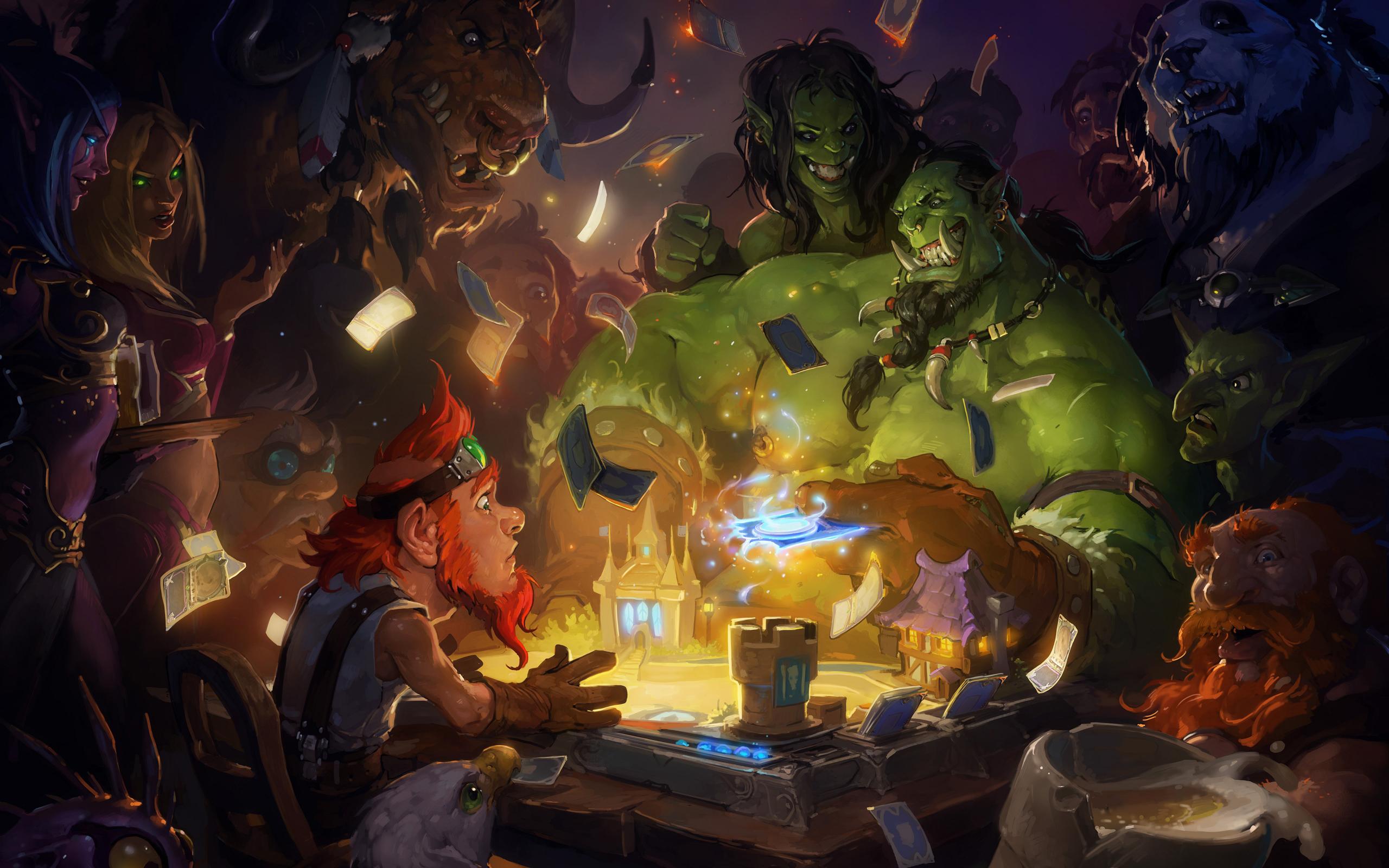
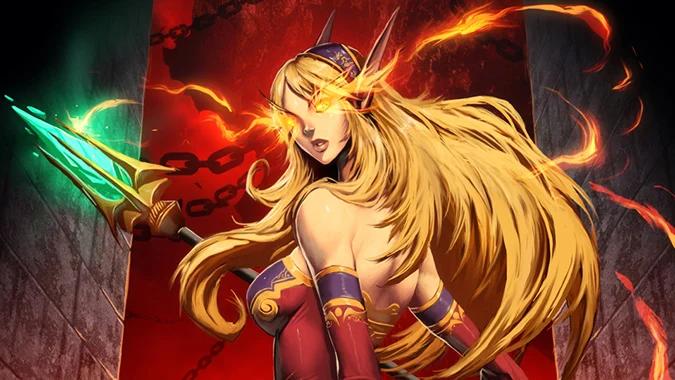

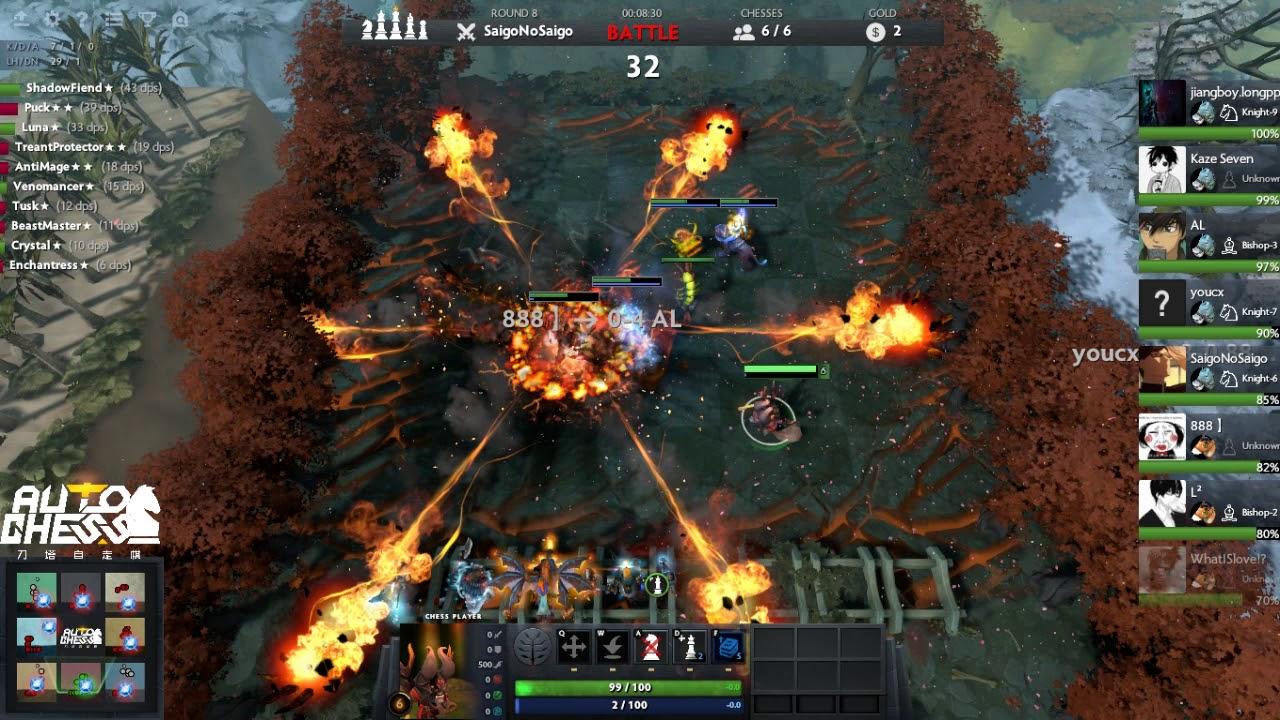

Responses (0 )